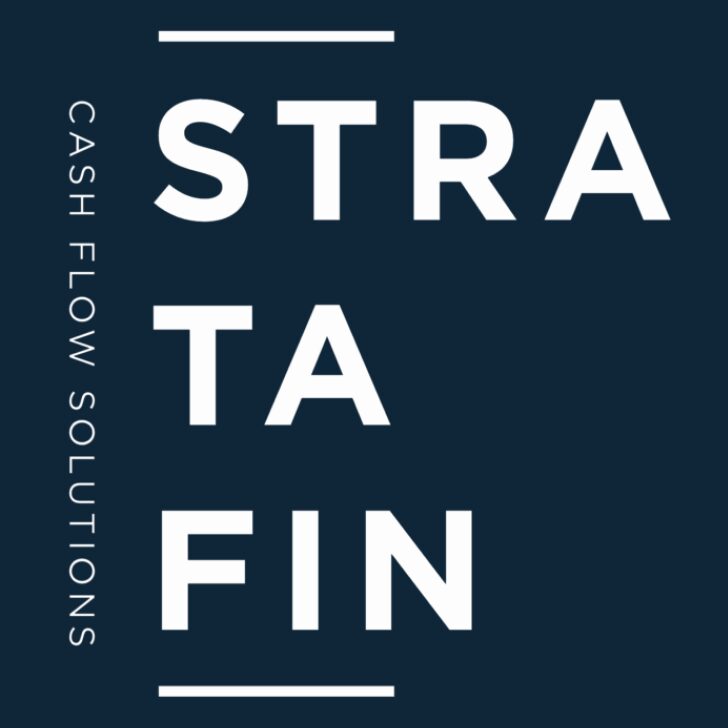Members of body corporates must meet annually to deal with certain legislated agenda items and resolutions. The Sectional Titles Schemes Management Act 8 of 2011 (the “STSM Act”) allows for these meetings to occur physically where members meet face-to-face, or remotely where members meet over the phone, or via an online video conferencing forum such as Zoom. Suitable AGM notice periods must be given to owners within a Body Corporate.
Default notice period
Prescribed Management Rule (“PMR”) 15(1), contained in Annexure 1 to the Regulations made under the STSM Act requires that at least 14 days’ written notice must be given.
Persons entitled to notice
Notice must be sent to all members; all registered bondholders; all holders of future development rights; and the managing agent.
Non-members such as tenants, registered bondholders, holders of future development rights, and the managing agent are entitled to attend and speak at AGMs unless the members resolve that their presence would unreasonably interfere with the body corporate’s interests or any other person’s right to privacy.
Where must notice be delivered?
PMR 15(6) states that notice of the AGM must be delivered to:
- The service address of the members. The service address is the primary section registered in the member’s name, unless that member has given the body corporate written notice to change the address to another physical, postal or fax address within South Africa or to an email address.
- The most recent physical, postal, fax or email address that non-members notified the body corporate in writing.
- The physical address of the section is the service address for any legal process or delivery of document to an occupier of a section.
Content of notice
The written notice must specify the place, date, and hour of the meeting. Where AGM meetings are held in person the meeting must be held in the local municipal area in which the scheme is located, unless:
- The body corporate have made arrangements for attendance at the AGM by telephone or Zoom in terms of PMR 17(10).
- The members have decided by special resolution in terms of PMR 15(4) to hold it elsewhere.
PMR 15(3) requires that the notice must be accompanied by at least the agenda for the AGM; a comprehensive summary of any document to be considered or approved by the members; and a proxy appointment form in the prescribed format.
PMR 17(7) requires that the agenda must contain the descriptions of the general nature of all business to be decided at the meeting and a description of the matters that will be voted on at the meeting including the proposed wording of any special or unanimous resolution.
Longer notice period
Section 6(2) requires that there be 30 days’ written notice to all the members of the body corporate specifying the proposed resolution for situations where there is a unanimous or special resolution on the agenda of the AGM.
This notice must be delivered by hand to each member or sent by pre-paid registered post to the address of a member’s section in the scheme or sent by pre-paid registered post to the physical or postal address in South Africa that the member has chosen in writing for such notice. In addition, such notice may also be sent to a member by fax or email.
Shorter notice period
PMR 15(7) provides two situations in which an AGM can be called on shorter notice periods:
- The trustees can resolve to call an AGM on 7 days’ notice in circumstances where there is urgency. In this circumstance the trustees must justify the short notice by setting out the reasons for such resolution. Furthermore, the trustees cannot use the shorter notice period to call an AGM where a resolution is to be taken to consider unnecessary improvements to common property or the installation of pre-payment meters.
- In circumstances where all persons entitled to attend a meeting agree in writing, the meeting can be called on less than 14 days’ notice. In these circumstances the notice period can be any number of days as long as the persons affected all agree thereto in writing.
Consequence of failure to give notice
Failure to give proper notice of a general meeting to any person entitled to receive such notice does not invalidate a resolution taken at the meeting on the condition it can be shown that the body corporate made reasonable steps to attempt to give notice.
Consequence of waiving right to notice
In terms of PMR 15(2) a person who has the right to be notified can waive such right by written notice delivered to the body corporate and can revoke such waiver at any point. In circumstances where two or more persons are jointly entitled to exercise a vote, all of them must waive the right to notice, and any of them can revoke that waiver.
PMR 15(9) states that voting at a meeting may proceed despite the lack of notice if all persons entitled to receive notice in writing waive their right to notice.
Conclusion
Management of sectional title schemes requires many administrative and secretarial tasks that have numerous legislative requirements as shown in this article. There are many considerations and variables when it comes to the notice period as well as the content of such notice and the legal delivery thereof.
We have created an AGM Template pack that includes everything that you will need to host a legally compliant AGM, including the notice, agenda, and proxy form as discussed in this article.
Written by Dr. Carryn Melissa Durham of Stratafin.













